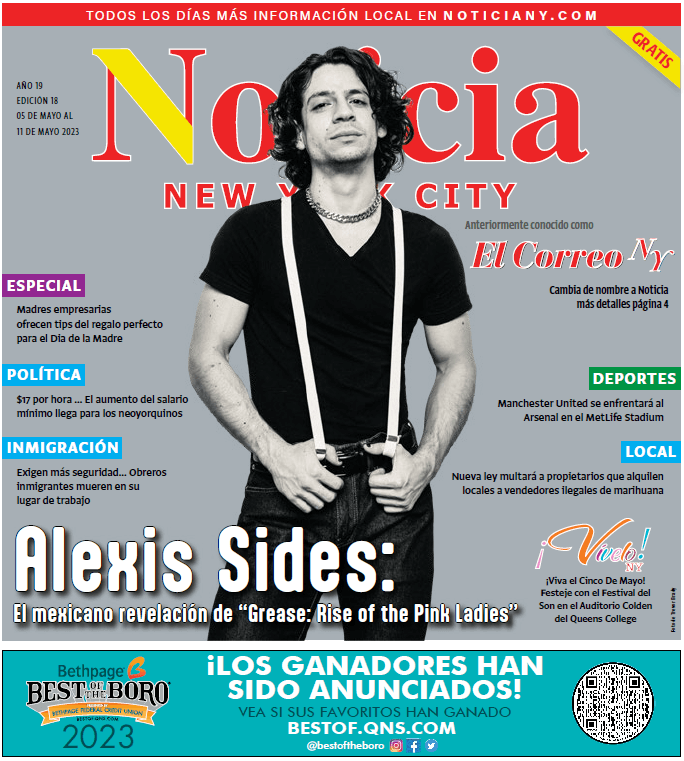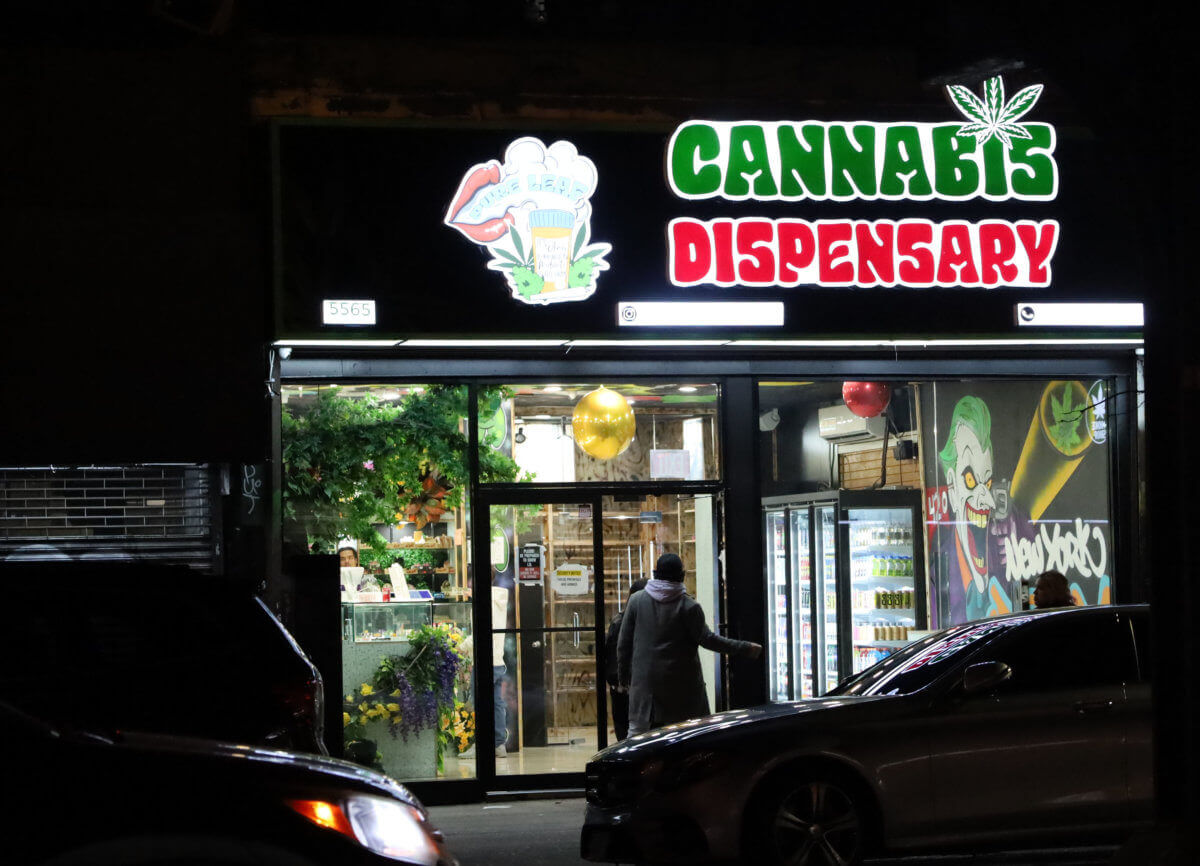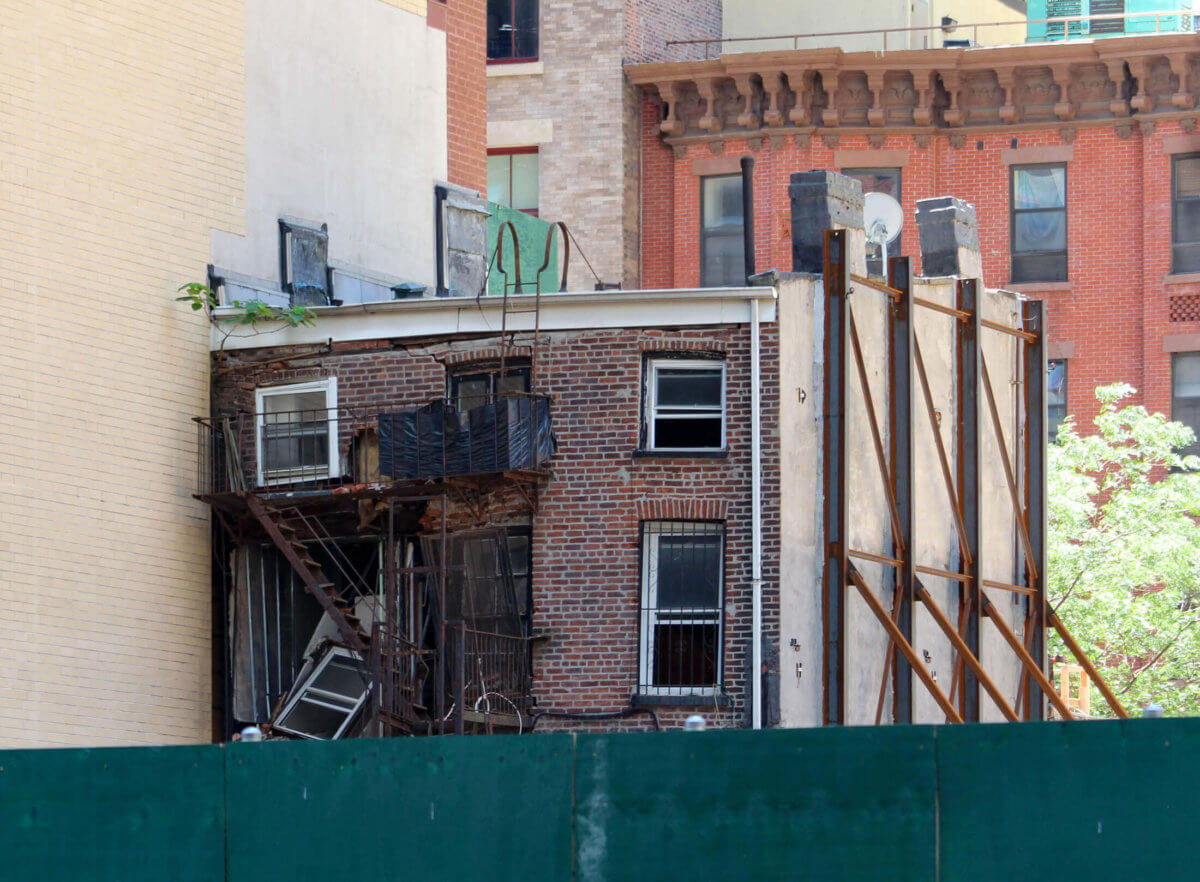Brinckerhoff Cemetery, an 18th-century burial ground, declared landmark in Fresh Meadows, Queens
The Brinckerhoff Cemetery, a colonial-era burial ground, was just declared a landmark. This comes on the heels of the city’s rejection of a planned hotel just four blocks away. Image source: Queens Public Library The Brinckerhoff Cemetery, located between 69-95 to 69-73 182nd St in Fresh Meadows, was the burial site for prominent land-owning Dutch families in the…

The Brinckerhoff Cemetery, a colonial-era burial ground, was just declared a landmark. This comes on the heels of the city’s rejection of a planned hotel just four blocks away.
Image source: Queens Public Library
The Brinckerhoff Cemetery, located between 69-95 to 69-73 182nd St in Fresh Meadows, was the burial site for prominent land-owning Dutch families in the area, such as the eponymous Brinckerhoffs, Hoogland, Adriance, and Ryerson (Ryerson St. in Clinton Hill, Brooklyn is the location of Walt Whitman’s former residence). The entire area was once an agricultural community called Black Stump – a result of using burnt tree stumps to define property lines – and remained so until the 1930s.
The dead have a long history with western Queens. Of the 13 New York cemeteries that have been designated individual landmarks, seven are in Queens, like the Moore-Jackson Cemetery in Woodside, the Lawrence Family Graveyard in Bayside, and the Remsen Cemetery in Rego Park. This is in part due to the Rural Cemetery Act of 1847, which put an end to building cemeteries in Manhattan, and pushed cemeteries into the outer boroughs.
The act resulted in a cemetery building industry of sorts in the border between Queens and Brooklyn, otherwise known as “the Cemetery Belt.” Calvary Cemetery, built in 1848 and spread across Woodside and Maspeth, was the first to be established as a result of the act. And except for Cypress Hills Cemetery in Brooklyn, the majority of the Cemetery Belt lies in Queens. When the Union Cemetery in Brooklyn, for example, closed in 1897, more than 20,000 bodies were moved to Cedar Grove Cemetery in Flushing.
Colonial-Era Burial Ground in Queens Named a NYC Landmark [NYC Landmarks Preservation Commission]








What's Your Take? Leave a Comment